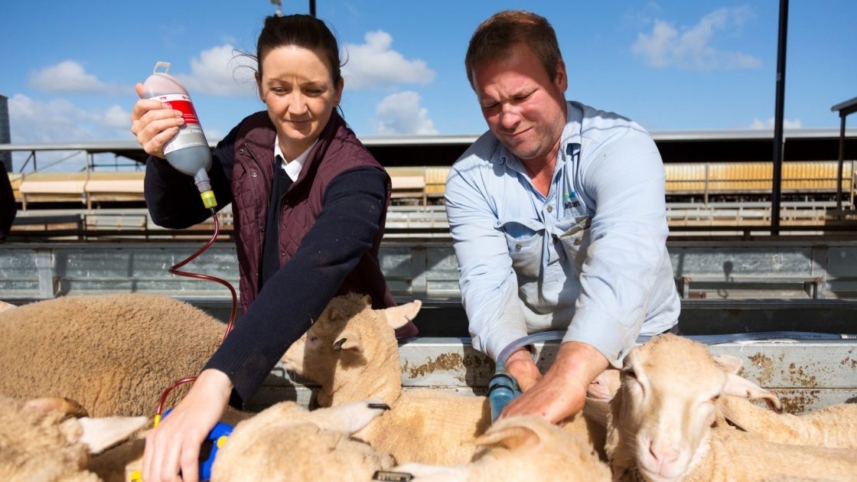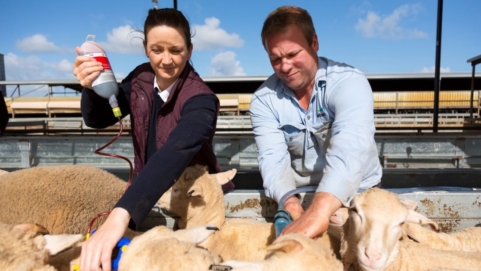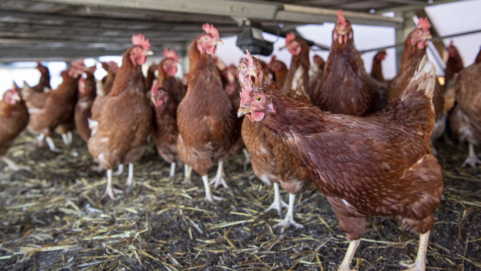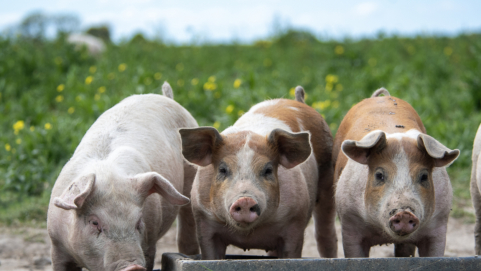
Antibiotics are currently the only way to treat a bacterial disease. There is currently no alternative. However, we can exploit the full spectrum of animal health tools to reduce the need for antibiotics and minimize the risk of resistance development.
By better protecting animals from the threat of disease, identifying health issues earlier and treating them quickly and responsibly, we can decrease disease levels and with it, the need for antibiotics.
This requires maximizing the long-term health benefits of tools such as vaccination, nutrition, antiparasitics, biosecurity, surveillance, diagnostics, husbandry and other animal health technologies.
Our industry has worked on this challenge for many years, and in 2019, we launched our Roadmap to Reducing the Need for Antibiotics. It offers a vision tackling AMR and outlines measurable steps we commit to undertake in the coming years.
We are committed to addressing this challenge to preserve antibiotics for future generations.

How Prevention Reduces the Need for Antibiotics
HealthforAnimals has developed this publication with the United Nations Food and Agriculture Organisation (FAO) – How Prevention Reduces the Need for Antibiotics.

Position statement: Promoting responsible and judicious use of antimicrobials
Responsible and judicious use of antimicrobials protects and promotes human and animal health, animal welfare, food security and safety, sustainable and responsible livestock production and beneficial relationships between people and their pets.

Frequently asked questions about antibiotic use in animals
Improving animal health offers a cost-effective and sustainable opportunity for livestock industries to reduce emissions and manage climate risks.

Antimicrobial prescribing guidelines for pigs
Every pig veterinarian should become familiar with these guidelines to deliver the best possible veterinary service to the Australian pig industry.

Antimicrobial prescribing guidelines for poultry
These guidelines have been developed specifically for the Australian poultry industry and contain best-practice prescribing information to help clinical veterinarians in their day-to-day use of antimicrobials.

Antimicrobial prescribing guidelines for sheep
Every sheep veterinarian should become familiar with these guidelines to deliver the best possible veterinary service to the Australian sheep industry.

Antimicrobial prescribing guidelines for dairy cattle
These guidelines have been developed specifically for the Australian poultry industry and contain best-practice prescribing information to help clinical veterinarians in their day-to-day use of antimicrobials.

Antimicrobial prescribing guidelines for feedlot cattle
AMA encourages applying these guidelines to ensure best practice antimicrobial prescribing in feedlots.



